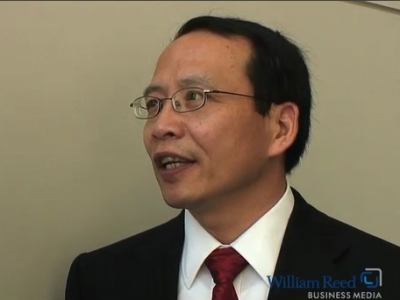'Generic API manufacturers: look at drugs from launch', urges a new report

The report, titled ‘Under-appreciated Megablockbuster Drug Patent Expiry Opportunities for API Manufacturers and Generic Drug Companies’, said that in 2012, the generic API sector pulled in more than $50bn through newly available drugs alone.
And author Vishal Khurana – part of the global pharmaceutical intelligence team – told in-PharmaTechnologist those who profited most were the “select few companies which planned in advance for the patent expiries”, therefore becoming the first to file.
He urged firms to spot best-sellers early to improve their chances of being the first to stake the all-important first claim on generics production rights.
“Generic API companies are always on the lookout for first to file Para-IV opportunities to attain 180-days exclusivity on such products.
“In order to gauge such opportunities, generic companies should have the knack of gauging the market potential of a product as soon as it is launched”.
‘Predicting the trend is a science’
The report claims there are a few simple pointers companies trying to predict which compounds will boom by the time their patents expire should look out for.
Khurana said companies should keep an eye on best in class products for niche areas, up-and-coming competitors for marketed best in class drugs.
He added that companies should also consider “the impact of therapeutic substitution post patent expiry, which depends on the upcoming competition and the availability of other generic substitutes”.
However the solution is not a quick fix and the report does recognise the difficulty of forecasting the next blockbuster.
“In order to do a Para-IV filing, it takes companies at least 3 years of preparation,” Khurana told us. “With so many new launches every year, it is always difficult for generic companies to screen much ahead of time, which product would continue to grow unabated by competition.”
But citing Ranbaxy as the first success story, Khurana insisted the pay-off is worth the effort. “Ranbaxy filed a Para-IV on Lipitor and Diovan in 2001, when no other company was able to gauge that these products would become as big as they have,” he said.
Hedging the bets
In the report, Khurana names five drugs currently under-performing revenue-wise, which he thinks will shoot to stardom in the coming years.
“The cumulative sales potential of the drugs discussed in this report exceeds $15bn, while due to the impact of therapeutic substitution, post patent expiry should the volume should go up another 50-100 per cent,” he said.
Though Khurana did not tell us the name of all five drugs, he did tip Bayer’s anticoagulant Xarelto (rivaroxaban) as one with off-patent potential, saying: “it ticks all the boxes”.
He added the other drugs are in the CNS (central nervous system) and cardiovascular markets.














